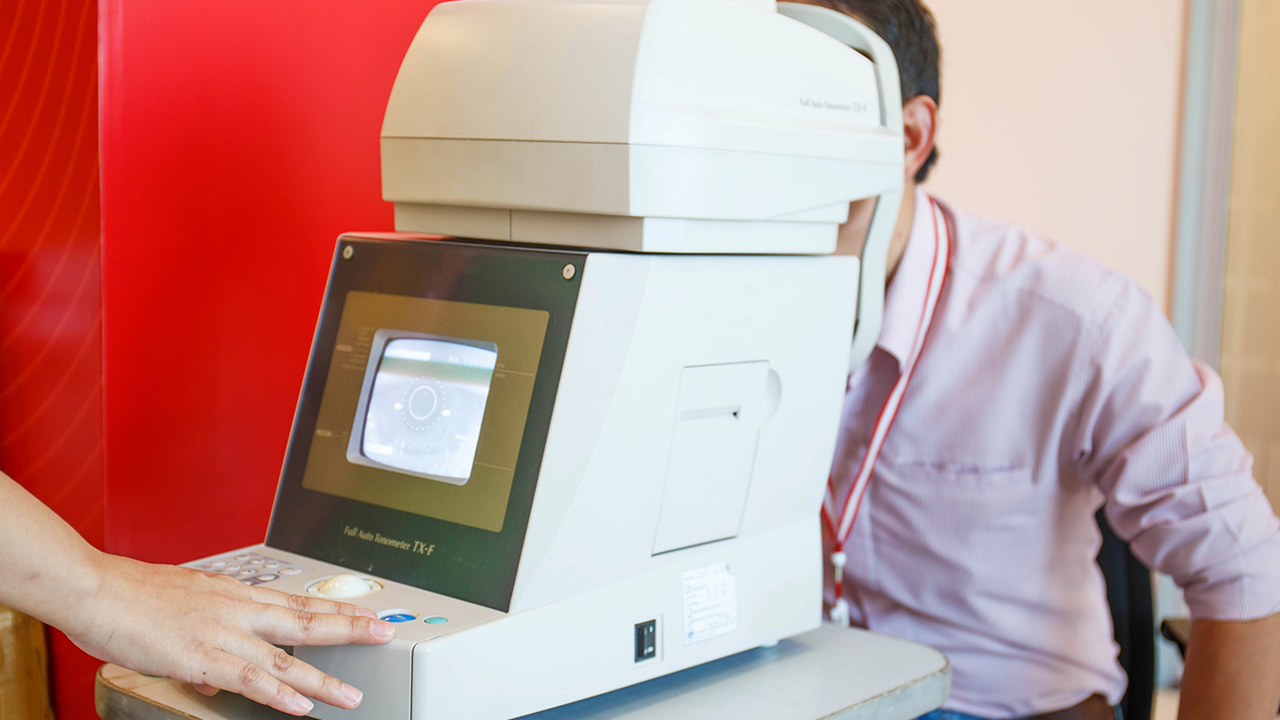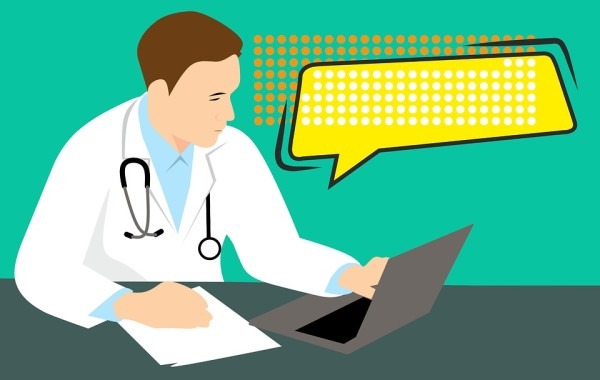How to Effectively Treat Vitiligo on the Face

Vitiligo is a skin condition that causes white patches to appear on the skin. It can affect any part of the body, but it is most commonly seen on the face, hands, and feet. Vitiligo is not contagious, but it can be a very difficult condition to live with. The white patches can be embarrassing and can make people feel self-conscious.
There is no cure for vitiligo, but there are a number of treatments that can help to improve the appearance of the skin. These treatments include:
Topical medications: Topical medications are applied directly to the affected skin. They can help to lighten the white patches and make them less noticeable.
Light therapy: Light therapy involves exposing the affected skin to ultraviolet (UV) light. UV light can help to stimulate the production of melanin, which is the pigment that gives skin its color.
Surgery: Surgery can be used to remove the white patches of skin and replace them with healthy skin.
Cosmetics: Cosmetics can be used to cover up the white patches and make them less noticeable.
The best treatment for vitiligo will vary depending on the individual patient. It is important to work with a dermatologist to find the treatment that is right for you.
Causes of Vitiligo
The exact cause of vitiligo is unknown, but it is thought to be an autoimmune disorder. This means that the body's immune system attacks its own healthy cells. In the case of vitiligo, the immune system attacks the melanocytes, which are the cells that produce melanin.
Vitiligo can be triggered by a number of factors, including:
Stress: Stress can trigger vitiligo or make it worse.
Trauma: Trauma to the skin, such as a sunburn or a cut, can trigger vitiligo.
Certain medical conditions: Certain medical conditions, such as thyroid disease and Addison's disease, can increase the risk of developing vitiligo.
Genetics: Vitiligo can be inherited, but it is not always passed down from parent to child.
Symptoms of Vitiligo
The most common symptom of vitiligo is the appearance of white patches on the skin. These patches can be any size or shape, and they can appear anywhere on the body. The patches are usually smooth and have no other symptoms.
In some cases, people with vitiligo may also experience:
Itching: The white patches may be itchy, especially when they are first appearing.
Burning: The white patches may burn or sting, especially when exposed to sunlight.
Hair loss: The hair in the white patches may turn white or fall out.
Diagnosis of Vitiligo
Vitiligo is diagnosed based on the appearance of the skin. A dermatologist will examine the skin and ask about the patient's medical history. In some cases, a biopsy may be necessary to confirm the diagnosis. A biopsy is a procedure in which a small sample of skin is removed and examined under a microscope.
Treatment of Vitiligo
There is no cure for vitiligo, but there are a number of treatments that can help to improve the appearance of the skin. These treatments include:
Topical medications: Topical medications are applied directly to the affected skin. They can help to lighten the white patches and make them less noticeable. Topical medications commonly used to treat vitiligo include:
Corticosteroids: Corticosteroids are a type of medication that can help to reduce inflammation. They are often used to treat vitiligo that is widespread or that affects the face.
Calcineurin inhibitors: Calcineurin inhibitors are a type of medication that can help to suppress the immune system. They are often used to treat vitiligo that is mild or that affects small areas of the skin.
Vitamin D ***ogues: Vitamin D ***ogues are a type of medication that can help to stimulate the production of melanin. They are often used to treat vitiligo that is widespread or that affects the face.
Light therapy: Light therapy involves exposing the affected skin to ultraviolet (UV) light. UV light can help to stimulate the production of melanin, which is the pigment that gives skin its color. There are two main types of light therapy:
Narrowband UVB: Narrowband UVB is a type of light therapy that uses a specific wavelength of UV light. It is often used to treat vitiligo that is widespread or that affects the face.
Excimer laser: Excimer laser is a type of light therapy that uses a specific type of laser to deliver UV light to the affected skin. It is often used to treat vitiligo that is localized or that affects small areas of the skin.
Surgery: Surgery can be used to remove the white patches of skin and replace them with healthy skin. Surgery is usually only considered for people with vitiligo that is severe or that affects the face. There are two main types of surgery for vitiligo:
Skin grafting: Skin grafting involves taking healthy skin from another part of the body and transplanting it to the affected area.
Melanocyte transplantation: Melanocyte transplantation involves taking melanocytes from healthy skin and transplanting them to the affected area.
Cosmetics: Cosmetics can be used to cover up the white patches and make them less noticeable. Cosmetics commonly used to treat vitiligo include:
Makeup: Makeup can be used to cover up the white patches and make them less noticeable.
Self-tanners: Self-tanners can be used to give the skin a darker color and make the white patches less noticeable.
Prognosis for Vitiligo
The prognosis for vitiligo varies depending on the individual patient. Some people experience only a few white patches that do not spread, while others experience widespread vitiligo that affects large areas of the body. There is no way to predict how vitiligo will progress, but there are a number of treatments that can help to improve the appearance of the skin.
The above is all the content that the editor wants to share with you. I sincerely hope that these contents can bring some help to your life and health, and I also wish that your life will be happier and happier.
Topic: #effectively #treat #how














